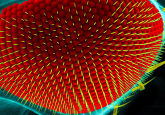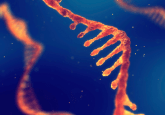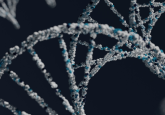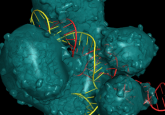CRISPR/Cas9 gene drives crash in wild species
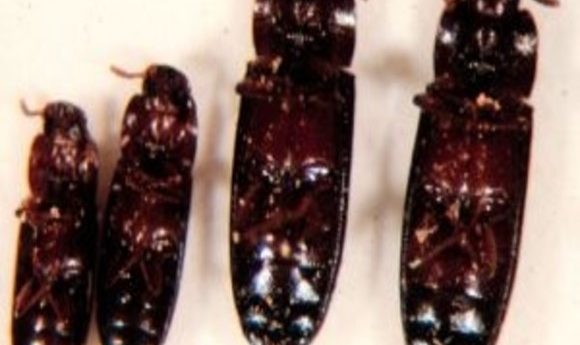
Despite the success of CRISPR/Cas9 gene drives in the lab, applications in wild pests pose new challenges.
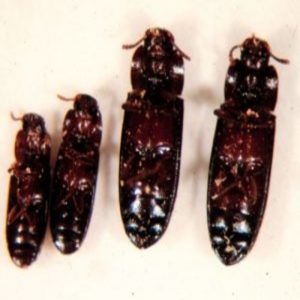
Flour beetle Tribolium castaneum complicates CRISPR applications due to genetic variance.
Credit: Michael Wade
The advent of CRISPR/Cas9 technology boosted the accuracy and cost-effectiveness of gene editing and enabled researchers to develop gene drives, which increase the odds of a certain gene passing to the next generation. Because successful drives alter entire populations, researchers hope to use them to reduce insect-borne diseases, reverse pesticide resistance in agriculture, and control invasive species.
However, transitioning this method from controlled lab settings to the wild is complicated by natural genetic variation, which allows trait introductions to disappear in only months. Now, new research shows how even minor gene variations in wild species can seriously hamper the effectiveness of CRISPR-based gene drive strategies.
To test the feasibility of CRISPR-based drives in nature, Michael Wade and colleagues at the University of Indiana conducted genetic and statistical analyses that showed how certain qualities in disease-carrying flour beetles make them resistant to genetic manipulation. The gene drives quickly crashed due to mutations at their CRISPR target sites. “By crashing, we mean interfering with pest growth and, if possible, driving it extinct,” explained Wade.
Although natural variation creates resistance mutations for single targets, “This doesn’t mean that the drive approach will fail,” explained microbiologist Anthony James at the University of California, Irvine, who was not involved in this study. “One plan to mitigate this is to have the drive go, either in parallel or serially, to more than one site to ensure that every organism receives the genes.”
When they targeted 3 genome segments from 4 beetle strains, Wade’s team found that even a genetic variation rate of 1% eliminated any CRISPR-based population control within 6 generations. Mutations that altered a single letter of DNA in the target area changed the gene’s spread until it eventually faded from the population. Inbreeding sped up the crash while also increasing resistance to later drives.
Gene drives present a paradox to researchers. “How do you breed something to enormous numbers in the lab that, when you turn it loose, is going to crash the population and prevent it from growing? Those are opposites,” Wade said.
Yet he is far from discouraged by these results. “We don’t just sit around and have good ideas. It’s really arduous to work everything out.” During this study, his team found some preexisting CRISPR suppressors that researchers can use to match a drive with the genetic background of a target population in the future.

